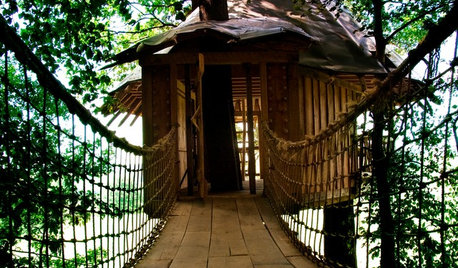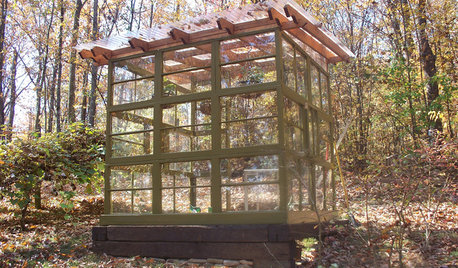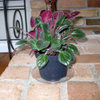Anyone grown Achimenes?
birdinthepalm
18 years ago
Related Stories

DECORATING GUIDESThe Cure for Houzz Envy: Dining Room Touches Anyone Can Do
Get a decorator-style dining room on the cheap with inexpensive artwork, secondhand furniture and thoughtful accessories
Full Story
LAUNDRY ROOMSThe Cure for Houzz Envy: Laundry Room Touches Anyone Can Do
Make fluffing and folding more enjoyable by borrowing these ideas from beautifully designed laundry rooms
Full Story
MUDROOMSThe Cure for Houzz Envy: Mudroom Touches Anyone Can Do
Make a utilitarian mudroom snazzier and better organized with these cheap and easy ideas
Full Story
DINING ROOMSRoom of the Day: Grown-Up Style in a Family Dining Room
Easy-care fabrics, a lighter color palette and a great furniture save help a Boston-area family get the transitional look they were after
Full Story
DECORATING GUIDESStencils: All Grown Up and Sophisticated
Have a steady hand? Get the look of wallpaper for a lot less
Full Story
DECORATING GUIDESToy With Dollhouses for Grown-up Decorating Charm
Downsizing becomes wondrous with these mini homes that have enormous decorating appeal
Full Story
OUTBUILDINGS12 Fun Backyard Forts Grown-Ups Can Love, Too
Kids might use them for secret meetings, but the word is out on these tree houses and playhouses that consider adult design tastes
Full Story
GARDENING AND LANDSCAPINGSee a Family Greenhouse Grown From Scraps
Can-do resourcefulness and less than $400 lead to a new 8- by 8-foot home for plants on a Tennessee family's property
Full Story
DECORATING GUIDESGrown-Up Ideas for Chalkboard Paint
Have Your Say on an Interactive Accent Wall
Full Story
BEDROOMS8 Youthful Bedrooms That Show Grown-Ups How It's Done
Be a design wild child well past teendom with ideas for adult bedrooms that walk the line
Full StoryMore Discussions







irina_co
greenelbows1
Related Professionals
New Bedford Landscape Architects & Landscape Designers · Middle River Landscape Architects & Landscape Designers · Norton Shores Landscape Architects & Landscape Designers · Tomball Landscape Architects & Landscape Designers · Brooklyn Center Landscape Architects & Landscape Designers · Norwood Landscape Contractors · Berwyn Landscape Contractors · Fountain Valley Landscape Contractors · Golden Landscape Contractors · Las Vegas Landscape Contractors · Smyrna Landscape Contractors · Tyngsboro Landscape Contractors · Camp Springs Landscape Contractors · Farmington Siding & Exteriors · Palatine Siding & Exteriorsjon_d
irina_co
birdinthepalmOriginal Author
jon_d
irina_co
jon_d
irina_co
jon_d
grable
fxxy